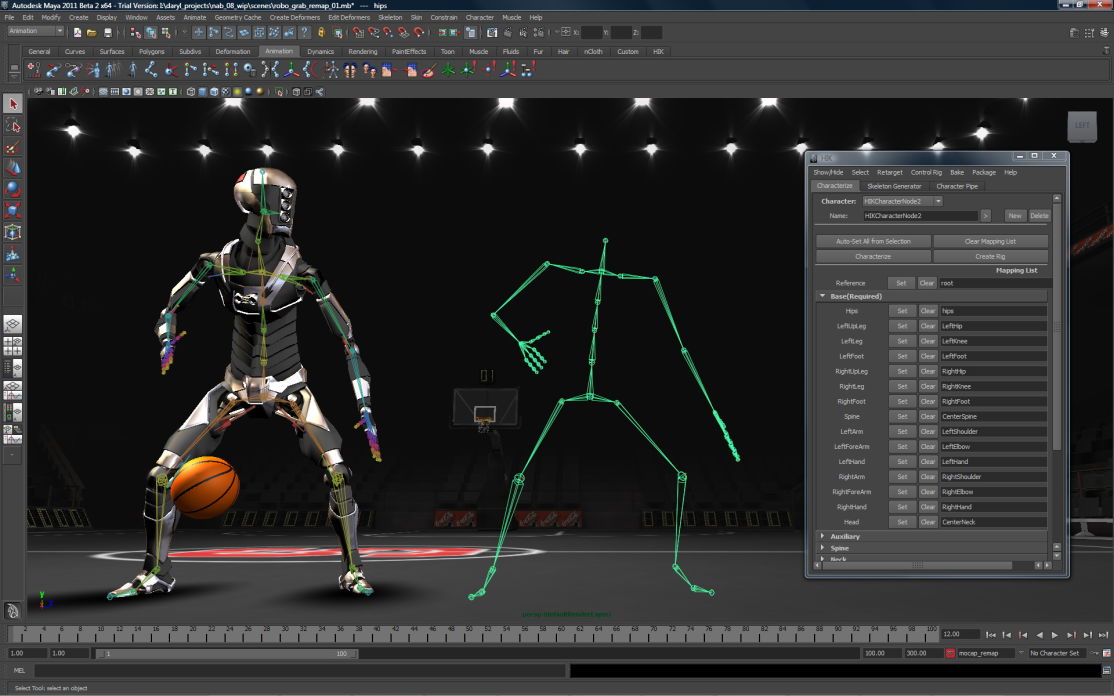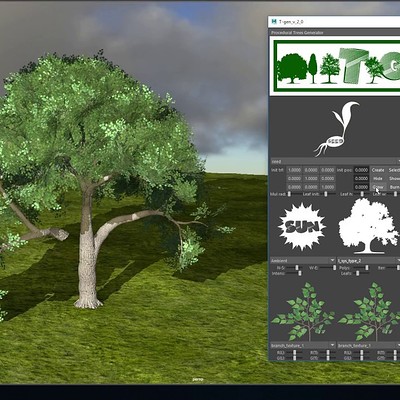
This meant losing the animated movement of the paint effects, but it looks better to have still foliage than nothingness. To fix it, I set all paint effects to not be illuminated and then converted them to polygons with shading. I thought it might be a light linking issue and I never quite figured out what caused this to happen. When I started modeling the planet, the paint effects showed up correctly in the render but once I was actually ready to render, all of the paint effects were black. I used paint effects for the trees and flowers which ended up causing a majority of the problems I ran into. It was tricky to model certain parts of the planet since Maya’s camera movement can be thrown off when the camera is not flat. I started to mess with some of the connections in Hypergraph to blend some of the textures together. I tried to make it friendly looking, similar to WALL-E or R.O.B.Īs far as the planet itself, I made palm tree forest, desert, and rock/pond areas that are linked via a path. I made the robot’s shader red with an outline on the edges so that the robot would always stand out from the background. I tried to design the house so that it was a similar shape to the robot, with essentially a giant robot arm for the chimney. Next I modeled and textured the planet, house, and robot. I started by making the background which was made using paint effects with varying amounts of glow and shader glow.

The animation is simply the robot’s trip around the planet to get a battery. To deal with this, the robot made some solar panels on the brighter South Pole of the planet to charge batteries.

However, living on your own planet has its problems, such as generating energy.

I decided to make an animation featuring a robot who lives on a tiny planet by itself. The last project for CS420 Animations was open-ended, the only restrictions being that I model, animate, texture, light, and render everything on my own.


 0 kommentar(er)
0 kommentar(er)
